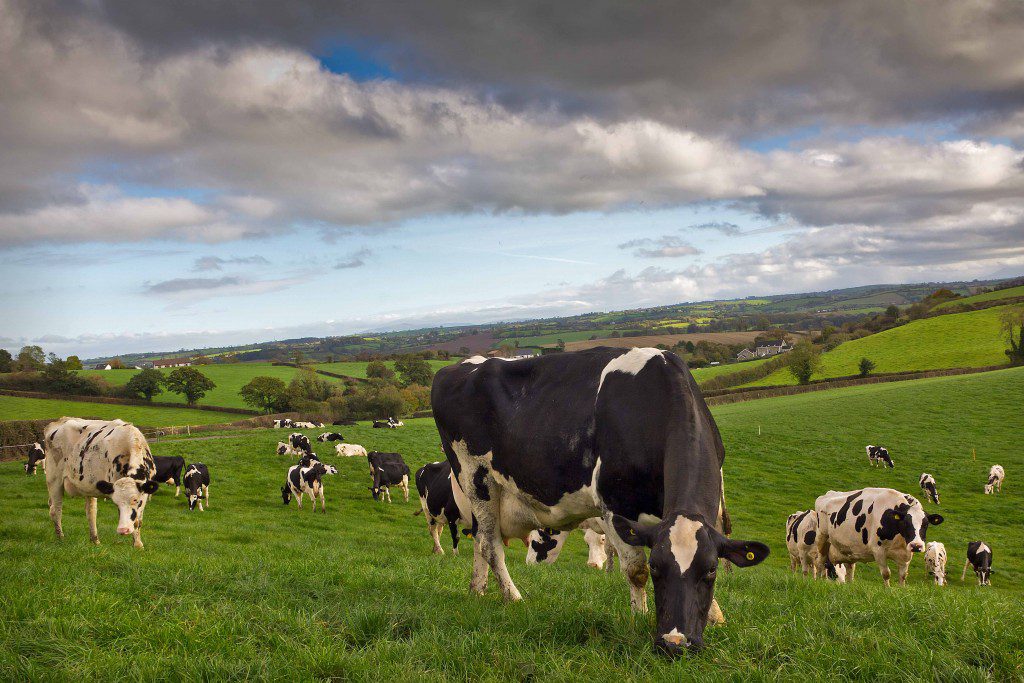It is hard to believe with the recent bad weather that the grazing season on farms will be starting again in the coming weeks; so, it is time to start pre-grazing preparations.
1. Establish average farm cover
Time to start walking the farm again. Over the next couple of days and weeks farmers should begin assessing your farm’s average farm cover (AFC) and establish what the growth rate is.
Currently, PastureBase Ireland is showing AFC nationally to be 814kg dry matter per hectare (DM/ha).
Current growth rates being seen on PastureBased Ireland, on a province by province basis are: 2kg DM/ha in Ulster; 3kg DM/ha in Leinster; 4kg DM/ha in Connacht; and 3kg DM/ha in Munster.
2. First paddocks to be grazed
It is important that farmers identify which paddocks they intend on grazing first – when calving commences.
Postpone grazing heavy covers until you have a lot of cows milking and their appetite has improved. Then graze these heavy paddocks when ground conditions allow. This will ensure residuals are met and there is as little grass wasted as possible.
It is also a good idea to decide on which paddocks might be most suitable to graze on a wet day and those more suitable to graze on a dry day.
For instance, paddocks accessible by a good network of roadways and/or with multiple access points might be a more suitable choice on a wet day – to ensure that poaching is avoided.
3. Complete a spring rotation planner
Complete a spring rotation planner (SRP); this will aid you when allocating grass for your cows each day and make sure you don’t end up finishing you first round too soon. Dairy advice: It’s time to complete your spring rotation planner
If the allocated area is too small for the number of cows, the deficit in their diet should be filled with meal and/or silage.
4. Early nitrogen application
The closed period has ended for farmers in Zone A and B allowing farmers in these areas to spread slurry, artificial fertiliser and farmyard manure – when conditions allow. Zone C will end on February 1. Early application of N is beneficial…but should I spread?
- Only spread when soil temperatures are greater than 5°;
- Only spread on dry ground with a soil moisture deficit (SMD) greater than 0;
- Target perennial-ryegrass swards;
- Use slurry when grass covers are low and protected urea where grass covers are high;
- A first application of 30kg of N/ha (24 units of N/ac) is sufficient;
- Never apply fertiliser on waterlogged or frozen soils;
- Never apply fertiliser into buffer margins and know your buffer margins.
To establish the soil temperature in your area, visit the Met Éireann website. At the moment, soil temperatures are ranging between 1° and 3°, depending on the area of the country.
